Did you know that your attic might be silently robbing you blind? Homeowners often overlook this hidden culprit of energy loss, which can drive heating bills up by an astonishing 30%. Yes, your attic insulation could be your home's invisible enemy.
Neglecting this issue isn't just costly—it's more pertinent now than ever before. With energy prices soaring and sustainability at the forefront, addressing attic insulation problems could be the key to both saving money and contributing positively to the environment.
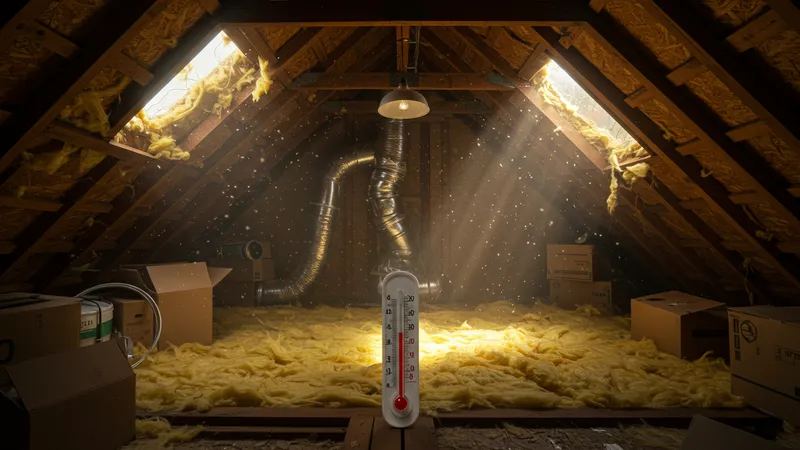
Here's a shocker: even newly built homes aren't safe from improper attic insulation. A significant number of new constructions suffer from shortcuts that ultimately compromise energy efficiency. Builders often use cheaper materials to cut costs, but at the homeowner's expense in the long run. But that’s not even the wildest part…
Most people assume that simply stuffing more insulation into their attic will solve their problems, yet the real science reveals a different story. Various types of insulation material react differently to temperature changes, causing inefficiencies. There’s an art to layering and ventilating, which many miss without expert advice. But that's just the tip of the iceberg…
What happens next shocked even the experts. Stay with us as we uncover how much energy your attic might really be wasting and the peculiar solutions experts swear by…
It’s a frosty morning, and despite cranking up the heat, your fingers are still numb. Does this sound familiar? Cold drafts, even with the heating on full blast, are classic signs your attic insulation is failing you. Many homeowners brush these off as 'old house quirks', yet the real culprit might be lurking above. But there's more to it...
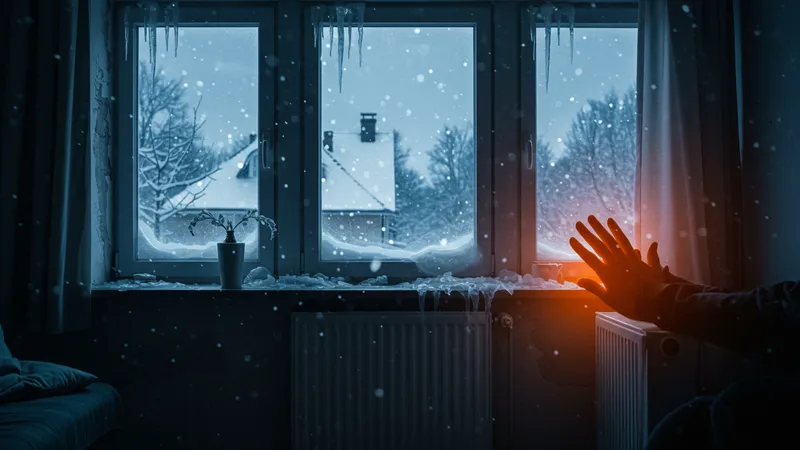
Another key indicator of a problem? Ice dams forming on your roof in winter. They’re not just picturesque hazards; they signal significant heat escaping through your attic. Who knew that the beauty of winter could be so deceitful? Even experts were baffled by how quickly they indicated energy loss. But there's a twist...
Visible insulation deterioration is often ignored simply because it's out of sight. Insufficiency, moisture damage, or worse, aged and compressed material, can severely impact efficiency. With the naked eye’s limitations, sophisticated tools are your best ally in detecting these faults. Yet, there's one more insider secret to consider...
You may think you’ve heard enough, but here's the real kicker: even homes in moderate climates can suffer shocking energy inefficiencies. Mild temperatures can mislead homeowners into complacency, hiding the attic's toll on bills. What you read next might change how you see this forever.
Imagine pointing a simple device and revealing a web of energy veins coursing through your home. Thermal imaging cameras, for instance, are not just for spy movies—they're practical tools to diagnose energy escapes in attic spaces. Consider their ability to detect even slight temperature differences, turning invisible issues glaringly bright. But guess what, it gets even better...
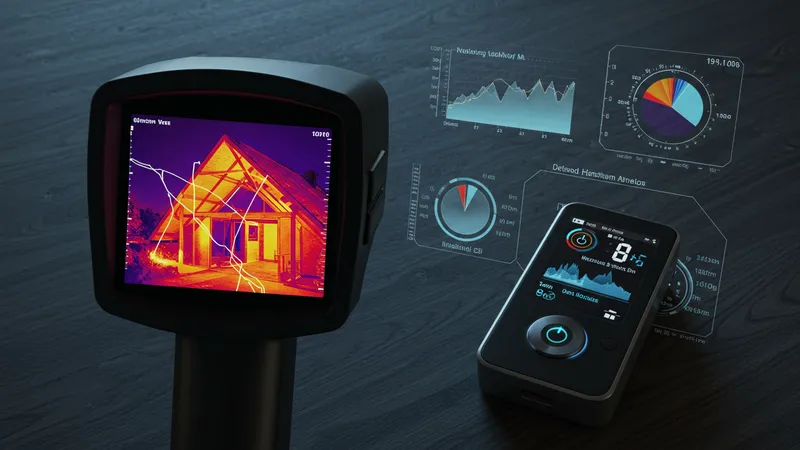
Digital hygrometers can seem like gadgets from the future. Measuring moisture content in the air, they provide invaluable insights into insulation conditions. When readings tip too high, it could mean condensation problems are brewing, potentially wreaking havoc on your insulation's performance. But there's a sneaky catch...
Did you know that drones equipped with thermal technology are now being deployed to assess large and difficult-to-reach roof and attic spaces? These flying sentinels offer precision like never before, ensuring that no part of your roof is left unchecked. However, there's an oft-missed detail about usage...
Yet, the pros might not stop there. Some experts advocate for techniques that go beyond temperature and moisture checks. Acoustical thermometry—measuring sound energy as it travels—offers another revealing layer to insulation health. Think you've heard it all? There’s still another layer to peel back on this intriguing technology journey.
You might not believe the rippling effects better insulation can have on your home life. Beyond warmth and cost-saving, homes with optimal attic insulation improvements report a noticeable reduction in noise pollution. Yes, sealing in warmth and sealing out noise—truly a win-win! But wait until you see the stats...
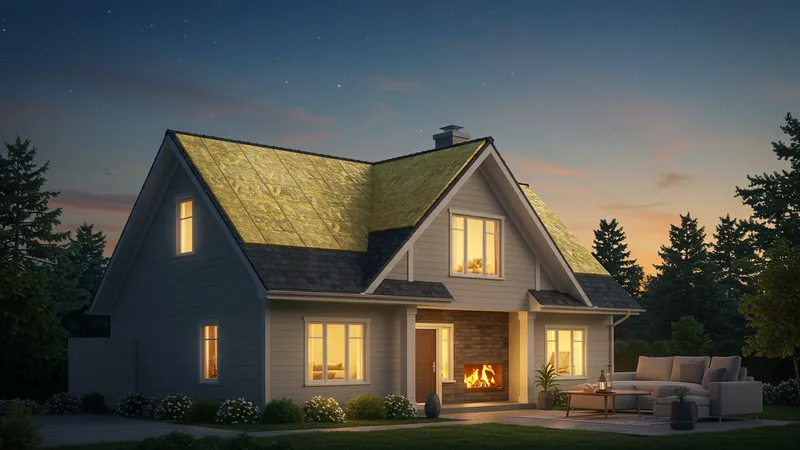
Additionally, improved attic insulation can dramatically boost your home's market value. Potential buyers are increasingly eco-conscious, appreciating the investment in energy efficiency. Surprisingly, some realtors cluster such properties as 'Green Homes', often attracting bidding wars. However, there’s a caveat...
Your health might benefit too. Enhanced insulation helps maintain home humidity levels, preventing mold and mildew, which can be invisible health threats. Feeling stuffy indoors turns out to be more than a seasonal bother—it can adversely affect respiratory health, an enlightening yet unsettling discovery. But here's a counter-intuitive revelation...
Lastly, beyond resale, there's the joy of stability. Reinforcing your attic insulation provides peace of mind, especially during unexpected weather fluctuations. It’s an assurance that you're not at the whim of Mother Nature's extremes. Intrigued by the unexpected personal and financial safety nets? Keep reading; the next revelation might be the most crucial yet.
Settling for 'good enough' insulation could be silently billing you more than you think. Energy costs can swell without proper attention, with compromises in insulation often leading to higher utilities in the long-term. Homeowners who realize this make crucial savings by averting fine-print energy penalties. But there’s a more curious insight...
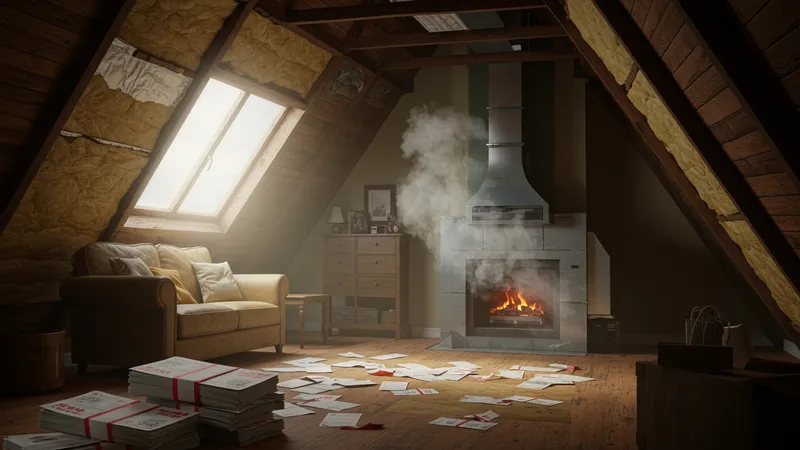
Consider the frequent, often expensive HVAC repairs triggered by overworking these systems to compensate for poor insulation. This overlooked consequence can quickly become a sinkhole of funds. How often has this irony been repeated across households, unnoticed and unchecked? Yet there's a darker hint...
Shockingly, the additional wear and tear are not limited to HVAC systems. A house with suboptimal insulation may experience structural damage over time due to inconsistent temperatures and moisture. The implications can ripple outwards, quietly undermining your home’s integrity. But then, there’s this to chew over...
The essence of maintaining good attic insulation ultimately speaks volumes about accountability and future-proofing your residence. As we venture further into solutions, prepare to unravel the convenient and cost-effective methods hailed by industry leaders. There’s one in particular you would never expect...
Understanding insulation involves more than just knowing it exists. The material selection—ranging from fiberglass, cellulose to spray foam—plays a crucial role in efficiency. Each offers distinct pros and cons, and missteps in selection could be costly. But there’s a lesser-known benefit...
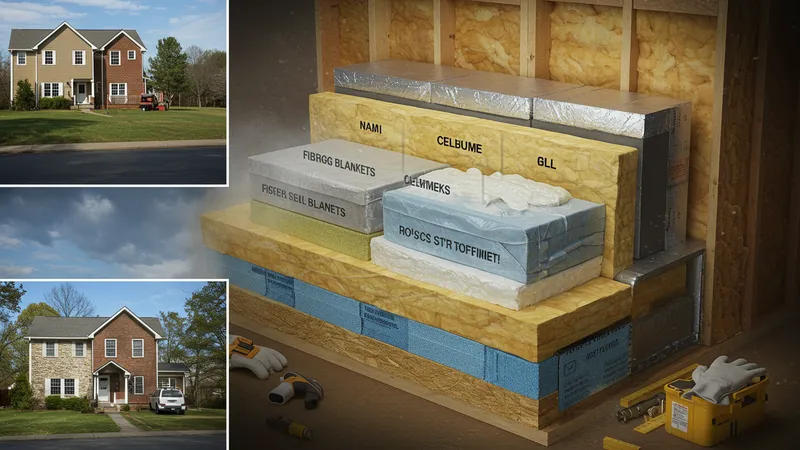
Fiberglass blankets and rolls, common choices, are excellent for large spans but often require exacting precision in installation for optimal results. It’s where many DIY enthusiasts falter, leading to performance shortfalls rather than savings. The paradox lies in its deceptive simplicity...
Cellulose insulation, an eco-friendly option, sometimes carries the misconception of being less effective. In reality, its dense properties provide stunning soundproofing and heat retention capabilities, often surpassing expectations when deployed appropriately. Yet, there's a wrinkle in perception...
Spray foam, though pricier, forms an adhesive, air-tight barrier. Its growing popularity stems from its incredible performance in sealing gaps. However, its application can be complex, a point where professional installation becomes necessary to unlock full potential. But what makes this choice a sleeper hit might surprise you...
Consider Jane, whose attic overhaul led to an unexpected 25% drop in her annual energy bill. Once overloaded with electric heaters, her home now remains comfortably warm with minimal heating. The financial and comfort gains were transformative, she asserts. Yet, her journey was not without surprises...
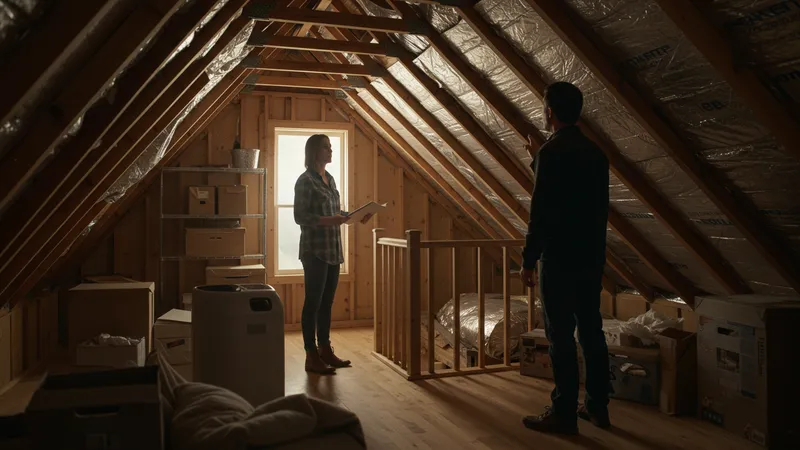
Or take Brent, who discovered the strategic insulation of just a few critical spots eliminated the 'chimney effect' that drew warmth out of his home. This targeted approach astounded him with its effectiveness—proof that sometimes it's the small changes that deliver the big wins. But his strategic insight had another layer...
The narrative gets even more compelling with commercial settings. Office buildings experiencing temperature volatility saw staff productivity spike following insulated ceiling upgrades. Employees reported higher contentment, effectively debunking the myth that infrastructure doesn't affect morale. Yet, an intriguing follow-up emerged...
A notable case involves expanded polystyrene block insulation employed in a historic library's renovations. The energy optimized through these seemingly small additions yielded a 30% operational cost reduction, setting a powerful precedent for preserving heritage alongside modern efficiency. What transpires in such historic settings next could be groundbreaking...
Regular maintenance is pivotal, yet it’s woefully overlooked. Scheduling regular inspections every half-yearly, particularly post-severe weather, ensures insulation remains intact. Simple steps like clearing vents and checking for visible gaps can prevent more substantial disruptions. But there's an unexpected hack...
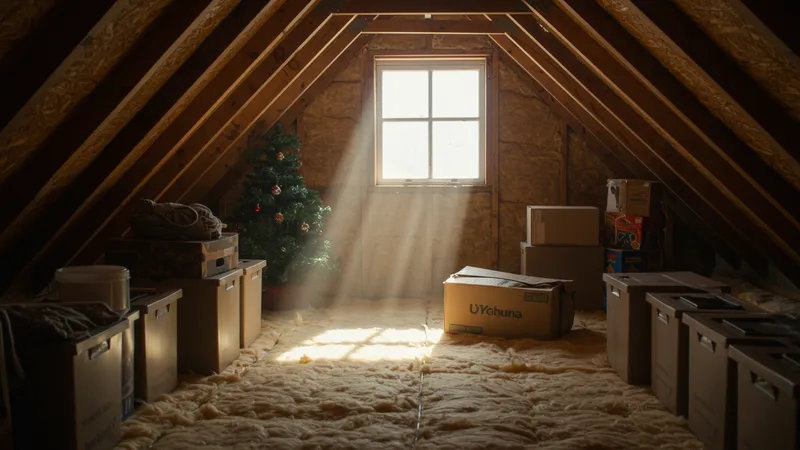
Homeowners may not realize the impact of shifting storage items within the attic. Shuffling seasonal decorations can inadvertently compress insulation material, affecting performance over time. A seemingly innocuous act can lead to substantial energy inefficiencies. But here's a maintenance revelation that's rarely shared...
Convection currents within the attic are critical to monitor. When overlooked, they play havoc with temperature balance, a maintenance check tricking even seasoned DIYers. Ensuring ventilation and circulation prevents this, maintaining energy stability where it’s least expected. And there's a catch with routine checks...
Lastly, consider humidity controls. Monitoring humidity levels with a simple humidistat can alert homeowners to condensation risks before damage occurs. Investing in proper ventilation can keep these silent threats at bay, ensuring an insulation-friendly environment without fuss. But imagine what others discover when they harness such wisdom...
As technology advances, the ways we tackle energy loss are bound to transform remarkably. Imagine smart insulation that automatically adjusts thickness based on external temperatures. Sound futuristic? It’s closer than you might think, already being prototyped with surprising outcomes. But there’s a shift in paradigm yet to come...

Nanotechnology in insulation materials offers unprecedented efficiency, far exceeding conventional materials. These innovations promise substantial reductions in energy loss with minimal ecological footprint—a combination even the most skeptical experts find promising. But there’s one application sparking considerable debate...
Future homes may integrate AI systems to predict insulation wear-and-tear over time, providing actionable reports before problems emerge. This proactive approach minimizes inconvenience and maximizes efficiency, although questions about initial costs remain prevalent among discussions. Yet there's another frontier opening up...
Looking ahead, government programs aimed at subsidizing such cutting-edge installations foreseeably play a vital role. As more countries commit to greener energy mandates, incentives promise to make availing of these innovations increasingly accessible. The unfolding developments hold intriguing possibilities for the energy-conscious homeowner...
There’s a wealth of advice suggesting cost-saving strategies on insulation, but not all hold water. Many believe DIY upgrades are cheaper, yet without professional assessment, hidden flaws remain unchecked, amplifying costs long-term. But that's just scraping the surface...
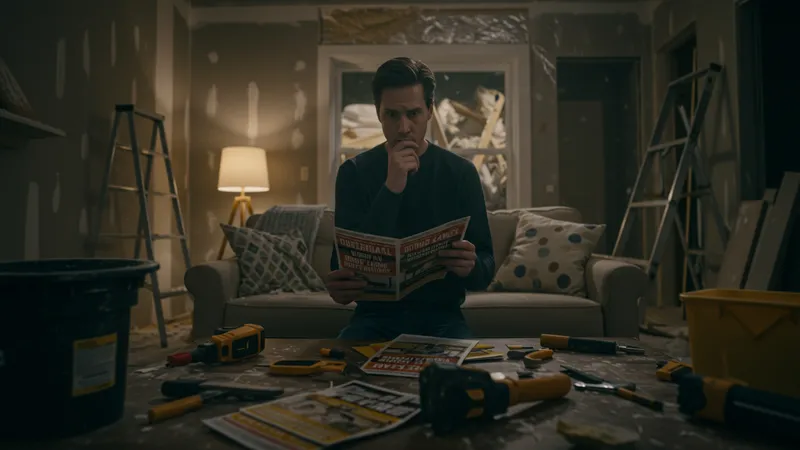
The 'recoup-your-costs-in-energy-savings' sales pitch lures many, yet homeowners often overestimate immediate benefits. The genuine returns are seen over time, contradicting the common quick-fix myth sold at doorsteps. Still, the stats reveal a deeper truth...
Discount insulation products might seem enticing at first glance, yet inferior quality can lead to larger expenses when replacements are needed sooner than expected. The balance between price and performance often tips the scale towards reputed brands. But extra layers often remain unexplored...
Many overlook government tax credits that subtly offset the upfront investment against long-term savings. These often-unrecognized opportunities furnish homeowners with significant returns, far exceeding conventional perceptions. This approach, integrated thoughtfully, speaks volumes about strategic savings over raw economics...
The temptation to rush through installations is common, but cutting corners risks energy efficiency. Loose-fitting insulation can allow air leaks, diminishing value rapidly. This hasty mistake underscores the need for precision in practice. But there’s another misstep that echoes silently...
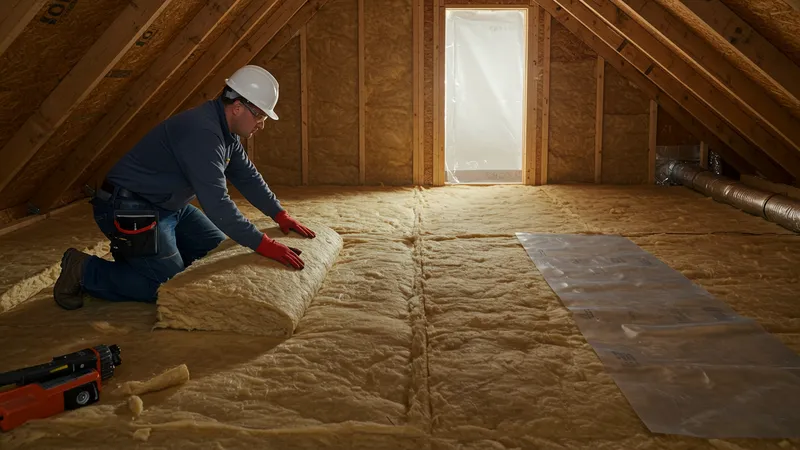
Ignoring the importance of a vapor barrier can lead to moisture buildup, damaging both attic and home materials. Many installers skip this layer, resulting in costly repercussions down the line. Surprisingly, there’s another misunderstanding lurking...
Overstuffing attics with layers, believing more is better, can backfire. This approach compresses the material, reducing its effectiveness—a counterproductive move mixed up with myth. Optimal layering deftly blends efficiency with adequate space, a technique too often sidelined. But the ripples grow wider...
Lastly, failing to properly seal attic access points invites a recurring energy drain. These little overlooked gaps contribute disproportionately to heat loss, an invitation to tackle insulation holistically. What other unexpected insights change the game, transforming comprehension to application?
Weather’s impact on home insulation can’t be understated. Regions with fluctuating temperatures meet unique challenges; knowing your climate is as crucial as materials used. But weather plays another subtle role...
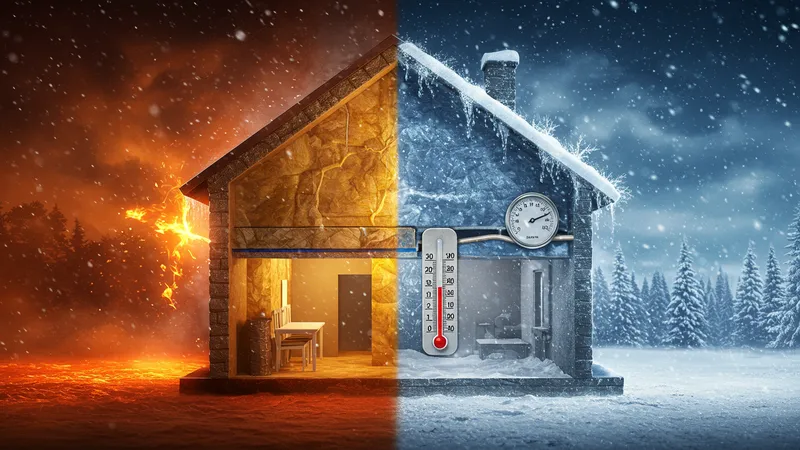
Humidity patterns can lead to insulation wear, even in seemingly dry climates where air carries silent moisture. Seasonal shifts bring about different challenges requiring versatile insulation adapted to change. But there’s more nuance to this aspect...
Regions with extreme temperature variations face significant insulation challenges. Optimal solutions require balancing thermal resistance with adaptability—a powerful combination few recognize. But there's a secondary effect at play...
Predicting future weather patterns offers another dimension, considering erratic weather makes robustness essential. The anticipation of severe weather impacts future insulation performance, urging proactive measures. The broader weather foresight continues to shape and define evolving practices in insulation strategies.
Countries worldwide are pioneering incredible insulation technologies. Japan’s integration of slim silicate aerogel blankets boasts unrivaled thermal resistance—a marvel catching global interest. But their applications expand further...

Scandinavian advances in passive house concepts integrate insulation with exceptional air-tightness, cleverly balancing energy harnessing with sustainability. These efforts highlight an impressive ethos of minimal impact housing. Yet there's more on the horizon...
Australia’s developments in reflective insulation for warmer climates challenge traditional cooling methods, harnessing natural elements as auxiliary temperature controls. Their sustainable agenda reshapes views on modern living accommodations, but that's just a facet...
European smart sensors actively monitor insulation integrity, allowing real-time diagnosis and proactive maintenance—impressive strides in energy management systems. Their perceived efficiency benefits continue breaking new ground. But what transpires next steers this innovative journey forward...
The world of attic insulation is vast, with layers of complexity woven through each fiber of insulation material. Homeowners who delve deeper into the subject maximize not only their financial savings but also contribute significantly to sustainable living practices. The crux of energy efficiency often rests under neglected attics, waiting to be tapped into for potential breakthroughs.
By sharing these insights or incorporating them, you not only empower yourself but extend that knowledge to others. Bookmark this guide; revisit it as you plan your next attic upgrade. And above all, don’t overlook the silent potential above your head—it could be the key to unlocking unexpected prosperity and comfort.